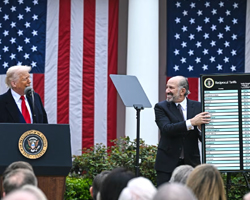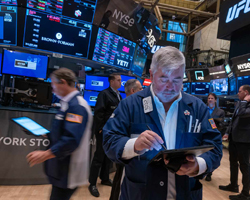Dow Drops on Energy Stock Slump; Manufacturing Data Signals Economic Slowdown | Daily Market Analysis
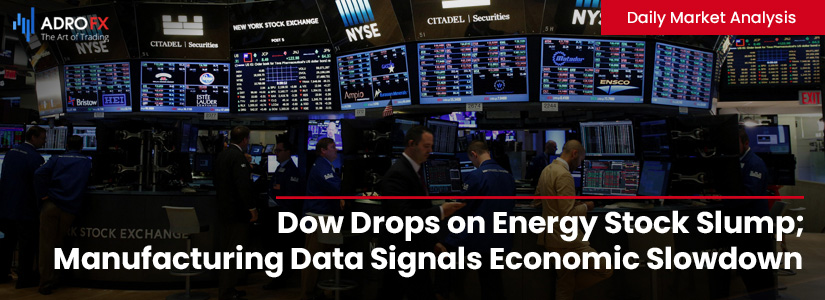
Key events:
- USA - JOLTs Job Openings (Apr)
The Dow closed lower on Monday, driven by a decline in energy stocks due to falling oil prices and weaker manufacturing data indicating a slowing economy.
The 30-stock Dow Jones Industrial Average fell by 115 points, or 0.5%, although it ended well above its session lows as dip-buyers emerged late in the day. In contrast, the benchmark S&P 500 gained 0.2%, and the tech-heavy Nasdaq Composite increased by 0.6%.

Energy stocks dropped more than 2%, putting pressure on the broader market. This decline followed a slump in oil prices after OPEC and its allies, known as OPEC+, agreed to extend current production cuts through 2025. However, they also announced plans to start phasing out some voluntary cuts after the third quarter.
The decision to ease some production curbs raised concerns about a potential supply surplus at a time when many are questioning the strength of crude demand.
On Tuesday, the Australian Dollar ended its three-day winning streak, likely impacted by an unexpected current account deficit of A$ 4.9 billion (USD 3.2 billion) for the first quarter. This was a significant shift from the previous quarter’s downwardly revised surplus of A$ 2.7 billion and fell short of market expectations for a surplus of A$ 5.9 billion.
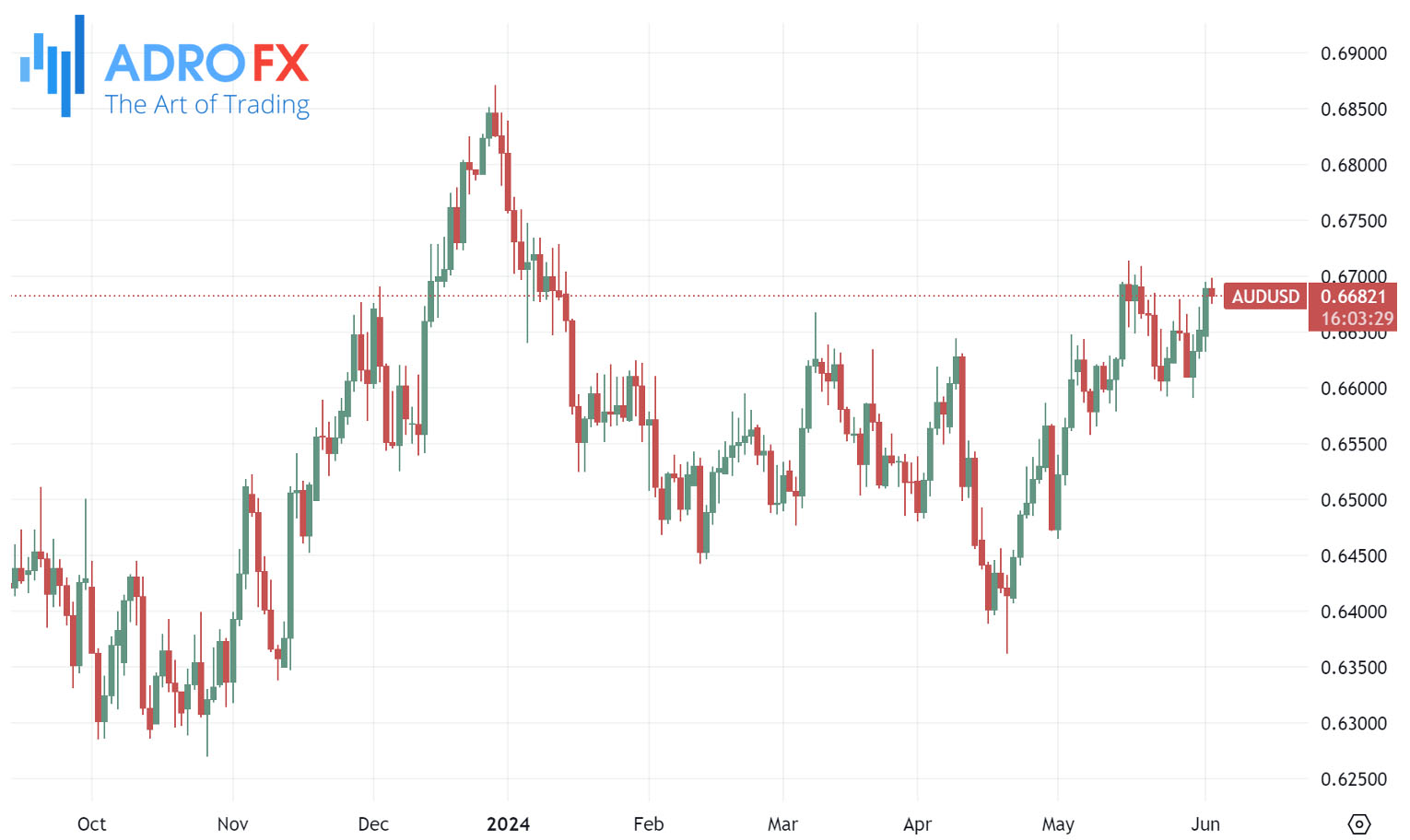
In a statement from the Australian Bureau of Statistics, Grace Kim, head of International Statistics, explained that the current account deficit was due to a reduced trade surplus, influenced by a rise in goods imports, while the net primary income deficit increased. Specifically, goods imports rose by 4.5% in the first quarter, driven by consumption goods, whereas goods exports fell by 1.5%, reflecting lower production of coal and iron ore domestically.
Meanwhile, the Japanese Yen weakened against the US Dollar on Tuesday, as falling global bond yields diminished the Yen's appeal as a safe haven. Additionally, the ongoing interest rate disparity between the US and Japan further pressured the Yen, supporting the USD/JPY pair.

Bank of Japan Governor Kazuo Ueda stated on Tuesday that the central bank will execute "nimble" market operations if long-term interest rates rise sharply, signaling the BoJ's preparedness to increase bond purchases if necessary. Ueda also mentioned that the BoJ will adjust its level of monetary support if underlying inflation aligns with forecasts, according to Reuters.
During the Asian session on Tuesday, Gold prices faced renewed selling pressure, reducing some of the previous day's recovery from the $2,315-$2,314 range, a three-week low. However, the downside appears limited due to firming expectations that the Federal Reserve will cut interest rates later this year, spurred by disappointing US economic data released on Monday.

Geopolitical risks also contribute to a positive near-term outlook for Gold, suggesting that any further decline might present a buying opportunity and is likely to be limited.
The EUR/USD pair continued to attract buyers for the fourth day in a row, climbing past the 1.0900 mark during the Asian session on Tuesday, reaching its highest level since March 21. Despite this, the upward movement lacks strong momentum, advising caution for bullish investors before committing to an extended rebound from the 1.0600 level, the year-to-date low reached in April.
The US Dollar has dropped to a nearly two-month low amid increasing belief that the Federal Reserve will begin cutting interest rates later this year, benefiting the EUR/USD pair. Monday's US ISM PMI data indicated a slowdown in manufacturing activity and the broader economy, boosting expectations for a Fed rate cut in September. This has pushed yields on the rate-sensitive two-year US government bond and the benchmark 10-year note to their lowest levels since May 21, keeping USD bulls restrained.
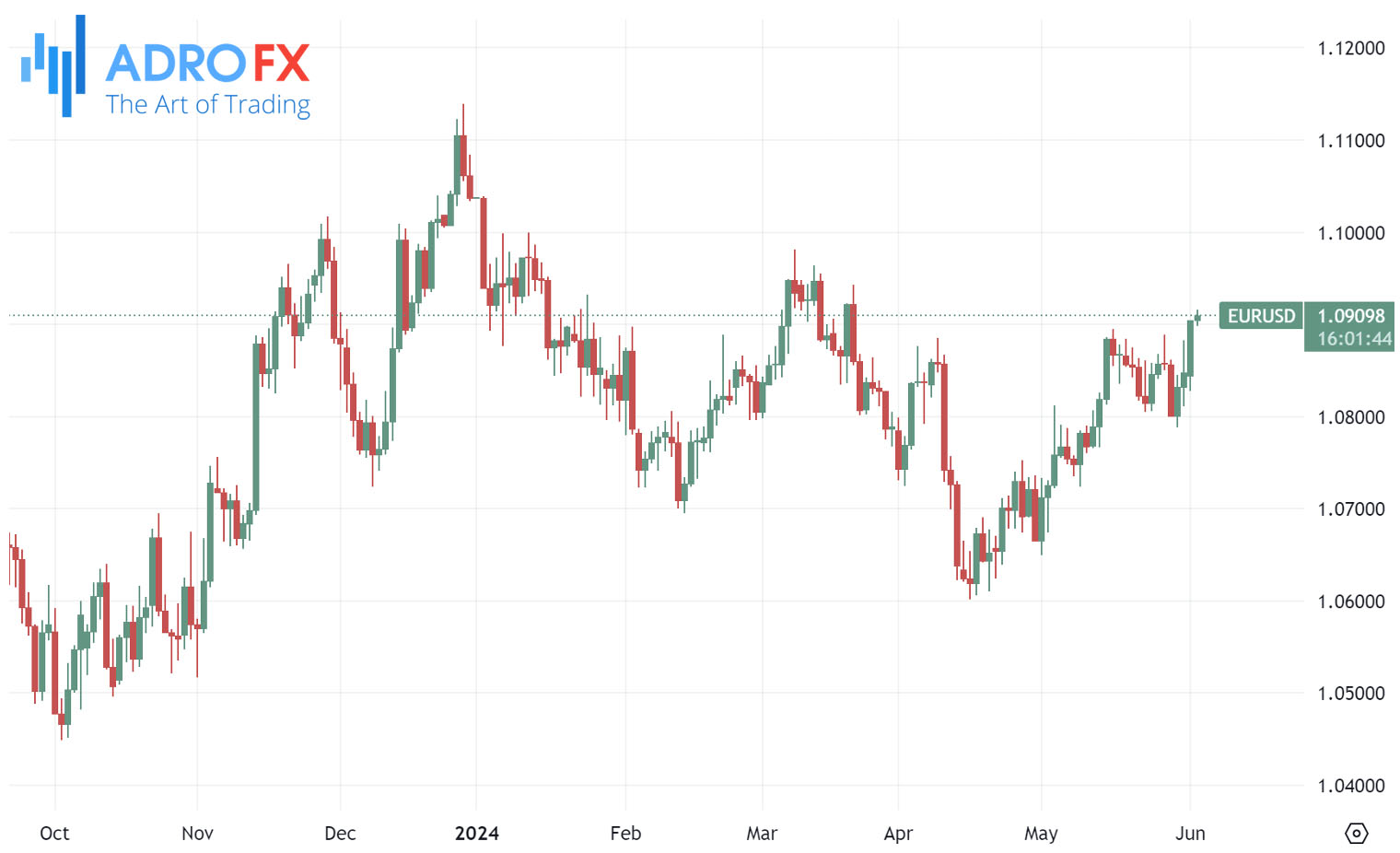
Investors, however, remain cautious about making aggressive bullish bets on the EUR/USD pair, preferring to wait for the European Central Bank meeting on Thursday. Market participants will closely monitor ECB officials' comments and the latest economic projections for hints about future rate cuts, especially in light of rising Eurozone inflation in May. This will be crucial for directing the currency pair ahead of the US nonfarm payrolls report released on Friday.

